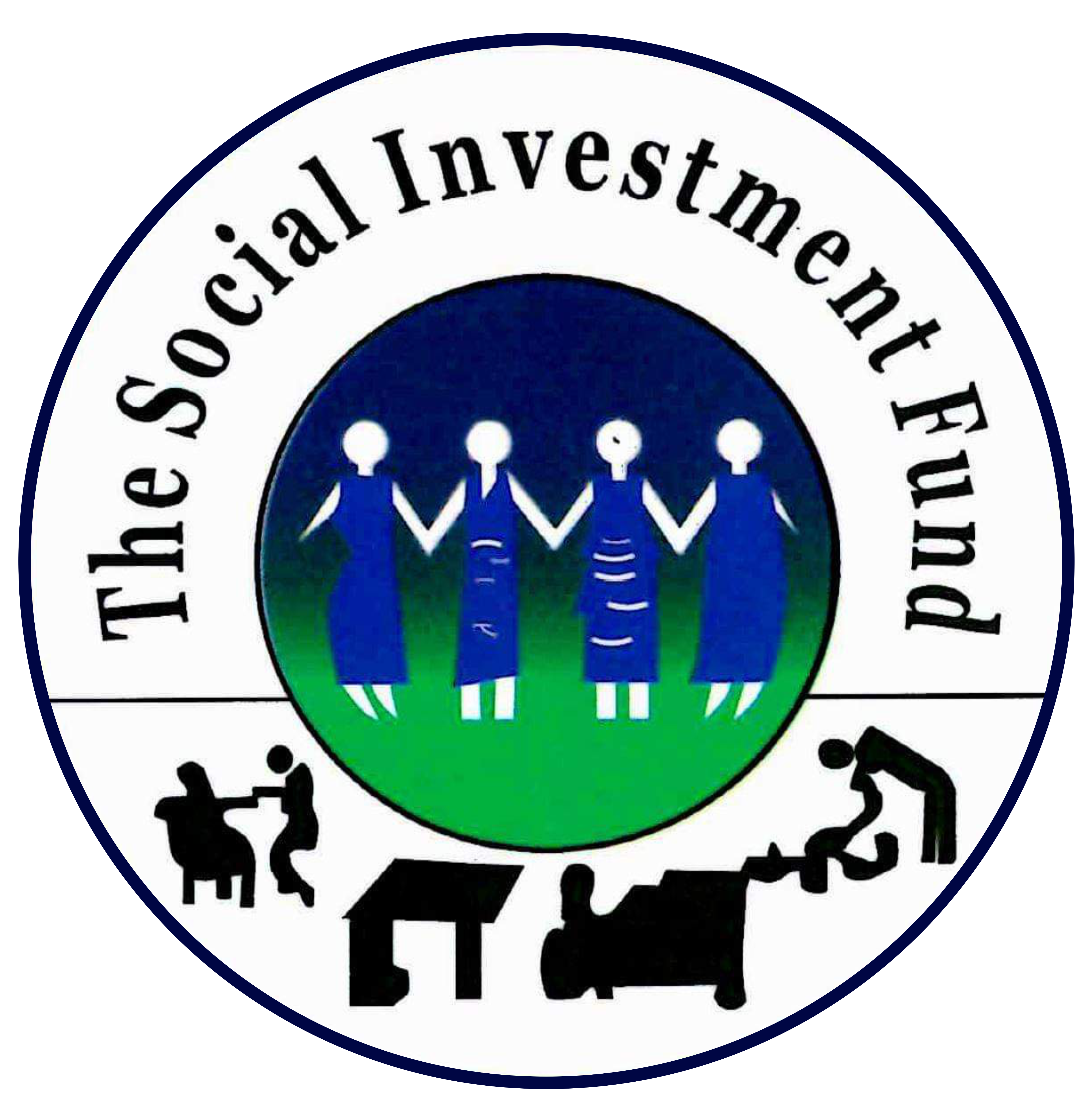Funding Agency: OPEC Fund for International Development(OFID)
Project Amount: US$20.00 Million
Period: 2022-2027
Beneficiary Districts: 23 Districts
Components: 4 Components
1. Provision of Socio-Economic Infrastructure
2. Provision of credit to SMEs
3. Outreach, sensitization and Capacity Building
4. Management and Coordination
KEY ACHIEVEMENTS OF IRDP 2 TO DATE
• 4 local multi-disciplinary technical consultancy firms have been engaged for design review and supervision of construction of
socio-economic infrastructure in the 4 SIF operating zones.
• 23 contractors have been engaged for the construction of 206 socio-economic infrastructure in 106 beneficiary communities.
• Overall level of completion of socio-economic infrastructure is 31.27% as of December, 2024.
• 398 representatives (315 males and 83 females) of the 23 beneficiary districts have been sensitized.
• District baseline survey has been conducted across the 23 beneficiary districts to establish benchmarks for measuring project
impacts.
• 5 Pick-up vehicles have been procured for project monitoring and supervision activities.

Projects
Social Networks
FACEBOOK
TWITTER
INSTAGRAM
YOUTUBE
LINKEDIN